In a concerning environmental update, Dhaka has been ranked as the fifth city globally with the most hazardous air quality, reaching an Air Quality Index (AQI) of 157. This alarming level of pollution poses a significant threat to the health of its residents.
Early this morning, the bustling city of Dhaka recorded an AQI of 157, a level considered ‘very unhealthy’ by environmental standards. The primary culprits of this toxic haze are particulate matter (PM10 and PM2.5), along with high levels of nitrogen dioxide, carbon monoxide, sulfur dioxide, and ozone. These pollutants are known to exacerbate or lead to serious health conditions, including respiratory infections, lung cancer, and cardiovascular diseases.
The World Health Organization (WHO) has sounded the alarm on air pollution, attributing approximately seven million deaths worldwide each year to this invisible killer. The health implications are dire, with increased mortality rates from stroke, heart disease, chronic obstructive pulmonary disease, and lung cancer linked to poor air quality.
Dhaka’s air pollution crisis intensifies during the winter months, with PM2.5 concentrations soaring to 168 µg/m³, which is over six times the WHO’s recommended safe limit. The dense smog enveloping the city not only obscures visibility but also the future health of its citizens.
Conclusion: The fight against air pollution is a collective one, requiring concerted efforts from governments, communities, and individuals alike. With Dhaka’s current air quality levels, the need for action has never been more urgent.



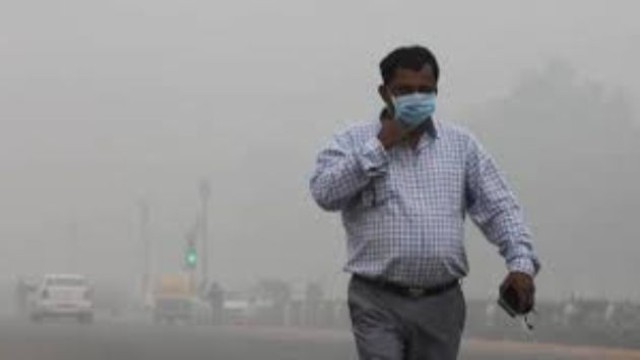

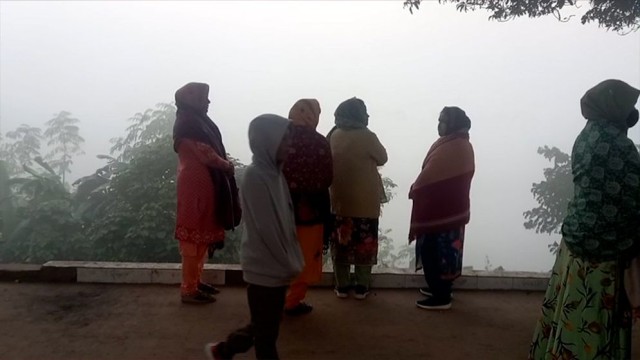
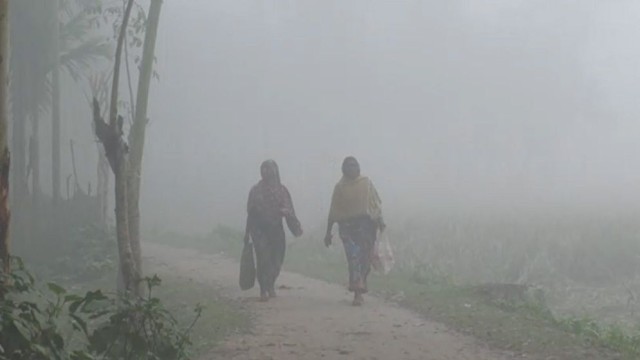


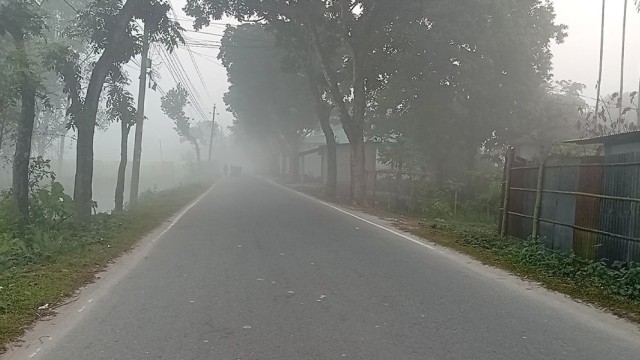


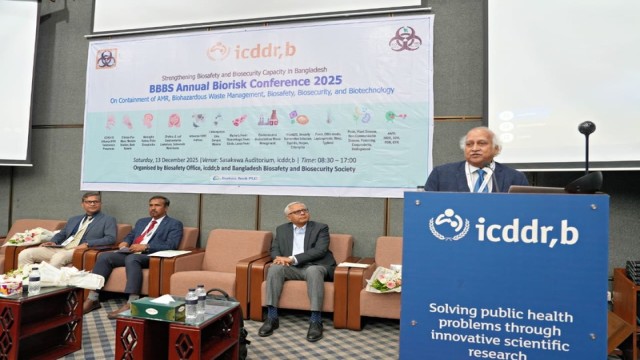
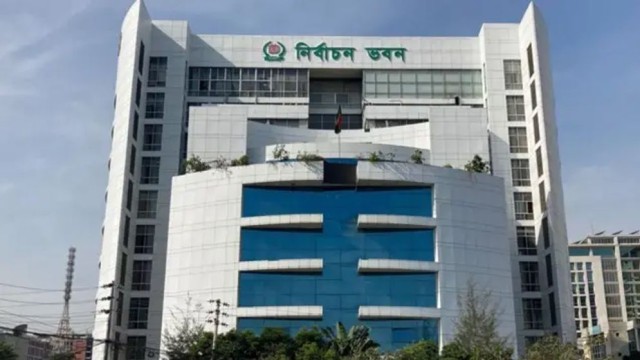








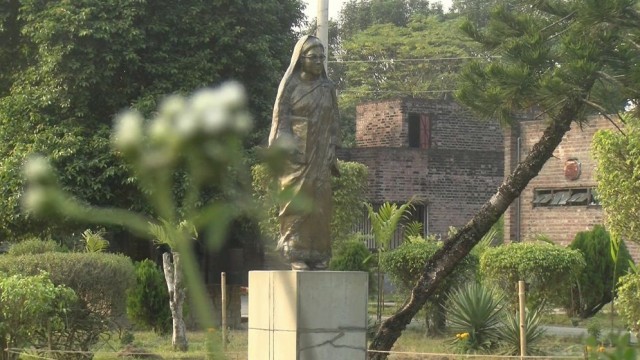








Comment: